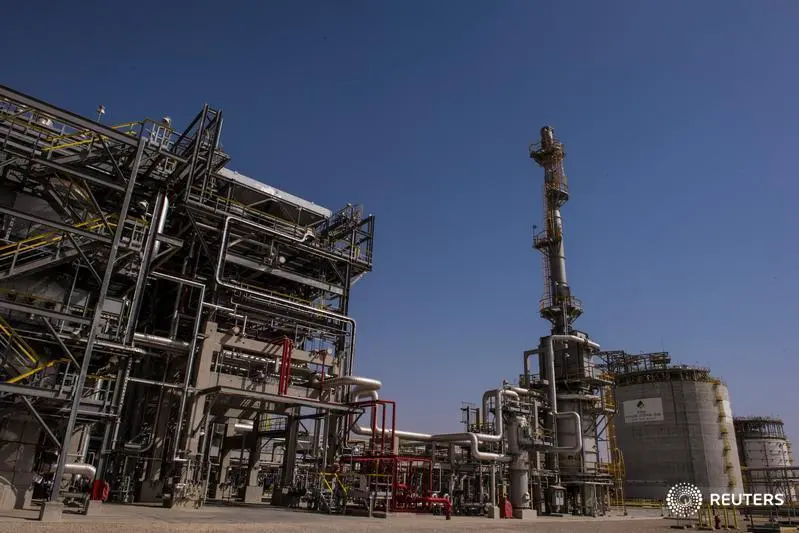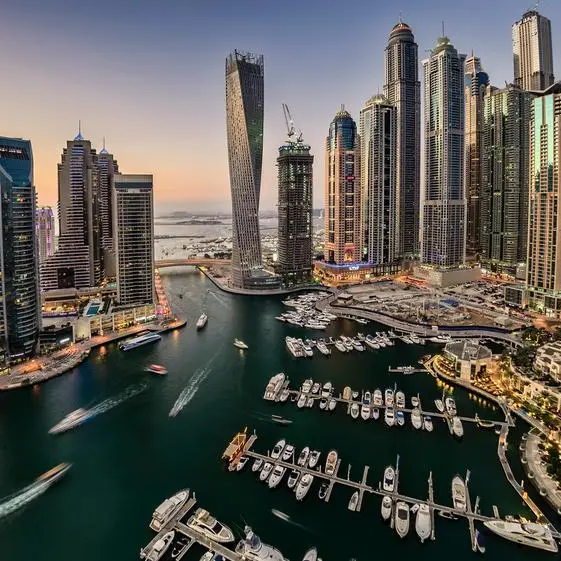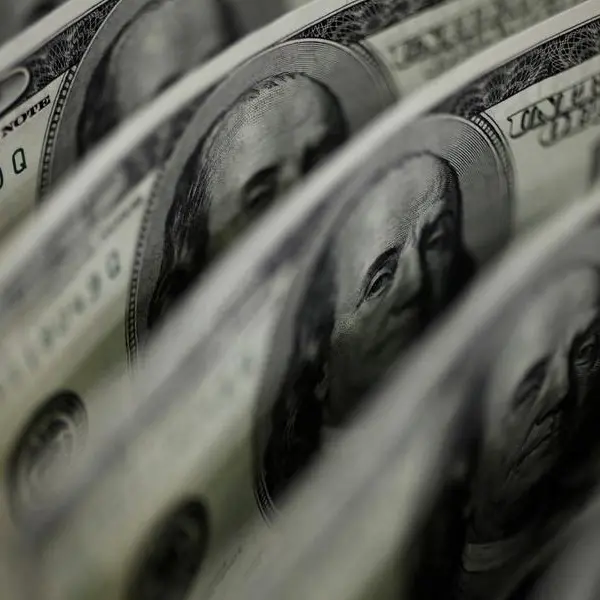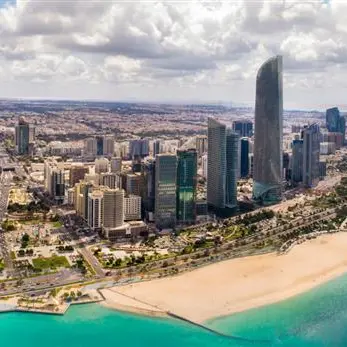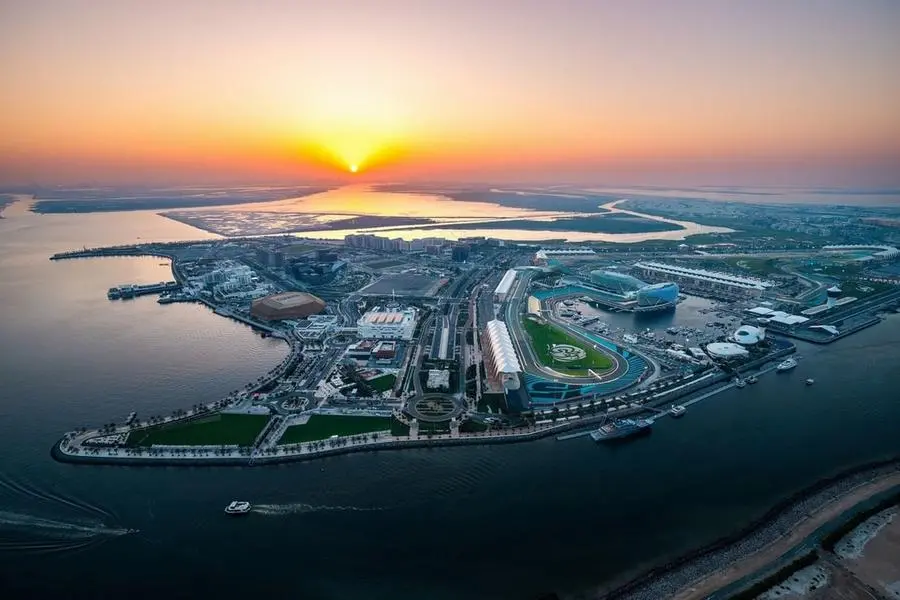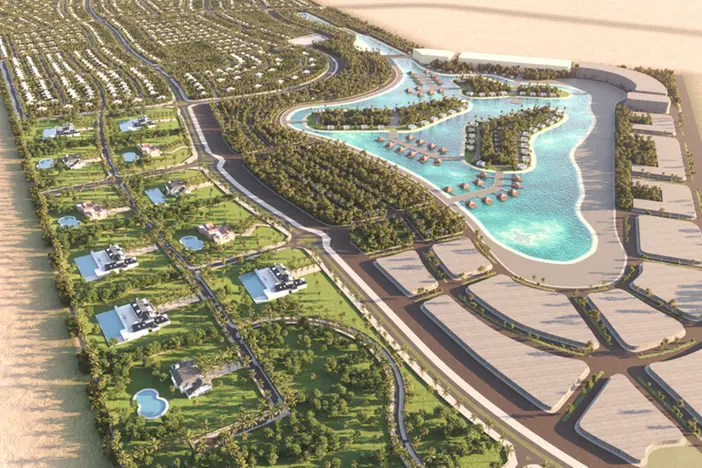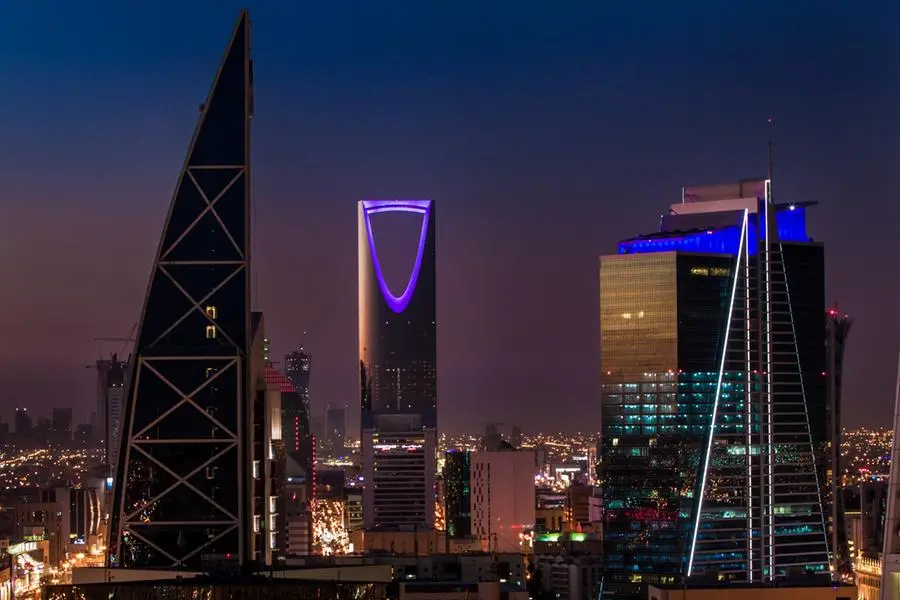PHOTO
Image used for illustrative purpose Sadara Chemical Co facility is seen in Jubail, Saudi Arabia April 30, 2015.
JEDDAH/KUWAIT — Over 1 million barrels of oil equivalent of domestic energy consumption in Saudi Arabia can be avoided through policies geared toward improving energy productivity, lifting gross domestic product (GDP) growth by over half a percent per year by 2030, a KAPSARC-UNESCWA report titled ‘Growth through Diversification and Energy Efficiency: Energy Productivity in Saudi Arabia’ revealed.
The report was presented on Monday during the 4th Arab Forum for Renewable Energy and Energy Efficiency, organized by the League of Arab States in Kuwait.
The report showed that the industrial sector is the largest and fastest growing source of energy demand in the Kingdom comprising around 54 percent of total final consumption. Transport and energy consumption in buildings follow at 30 percent and 16 percent respectively.
One of the consequences of the Kingdom’s strategy of building downstream value chains to extract value from its gas resources as well as its oil was that the industries created were energy intensive. This led to strong economic growth but, when considered through the energy input to these industries, a decline in the amount of GDP produced for each unit of energy consumed. However, since 2010 this trend has been reversed and growth in energy productivity of 1 percent each year has increased the amount of economic value created to around $6,000 per ton of oil equivalent in recent years. Current economic diversification and energy efficiency initiatives provide scope for Saudi Arabia’s energy productivity improvement to accelerate to match that of its G20 peers, at around 2.5 percent a year.
This transition is also helping achieve the Kingdom’s Sustainable Development Goals such as its intention to reduce its greenhouse gas emissions by 130 million tons of CO2-equivalent by 2030 versus a business as usual path.
The efforts of the Saudi Energy Efficiency Center combined with recent energy price reforms and the economic diversification plans of Vision 2030 are driving a structural shift towards getting more value from the Kingdom’s energy consumption.
Energy productivity targets are increasingly being used in leading G20 countries as a way to track aggregate progress towards a range of energy and economic objectives. For example, by 2030 the United States and Australia aim to double and increase their energy productivity by 40 percent, respectively. Similarly, China’s Five Year Plans have also used energy intensity targets as a key indicator for energy, environmental and economic reforms.
The report described the main policies and economic trends that are shaping changes in the value society gets from this energy consumption.
Around 16 percent of total final energy consumption is consumed by the Kingdom’s building stock. This comprises around 70 percent of total electricity consumption. A 10-year investment program of between $10
billion and $207 billion could generate between 16,000 and 100,000 GWh/year in avoided energy consumption, as well as improve the
living standards of residents and productivity of workers. This would be equivalent to a reduction of between $500 million and $10.5 billion per year in energy bills, depending on electricity prices. In terms of avoided electricity generation capacity, such a program could provide between 3.7 and 22.9 GW, valued at between $2.8 billion and $17.2 billion in reduced CAPEX. It could also avoid emitting between 12 million and 76 million metric tons of CO2 equivalent, the report said.
Enhancing energy efficiency in the economy by up to 4 percent per year could avoid the consumption of as much as 1 MBOED by 2030.
This could be worth between SR50 billion and SR100 billion per annum in extra revenue to the government depending on international oil market conditions. Depending on how revenue is used, it could lift GDP growth by between 0.3 and 0.6 percent per annum by 2030. Including avoided energy consumption from structural diversification would significantly increase these figures, the report said.
The reported impacts of the energy price reforms already implemented include increased revenue from fuel sales of SR27-29 billion in 2016 and a reduction in the annualized rate of growth of energy consumption from 3.5 percent in the first half of 2015 to 1.7 percent in the first half of 2016.
Impacts on overall inflation so far have been limited, partly due to a strengthening of the local currency, it noted.
The researchers are discussing the findings with stakeholders over the coming months as part of a consultation process into how more value can be achieved from energy consumption in the Kingdom – economically, socially and environmentally.
© Copyright 2018 The Saudi Gazette. All Rights Reserved. Provided by SyndiGate Media Inc. (Syndigate.info).
